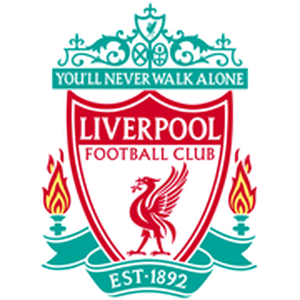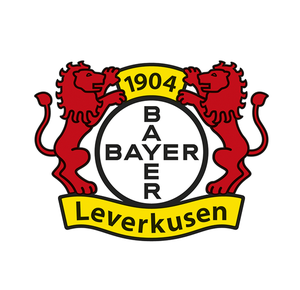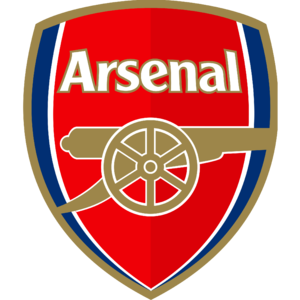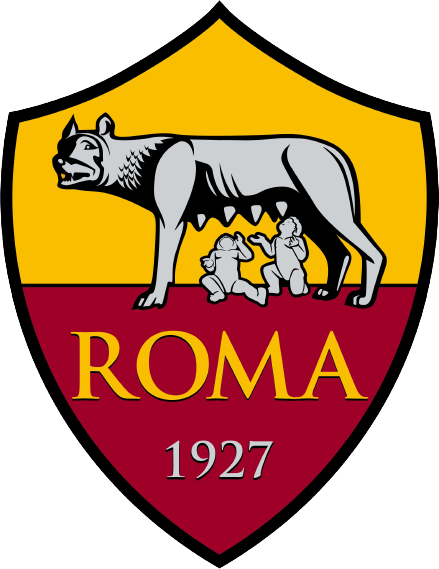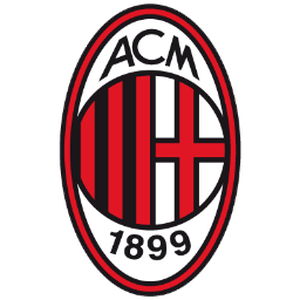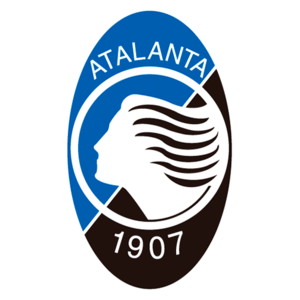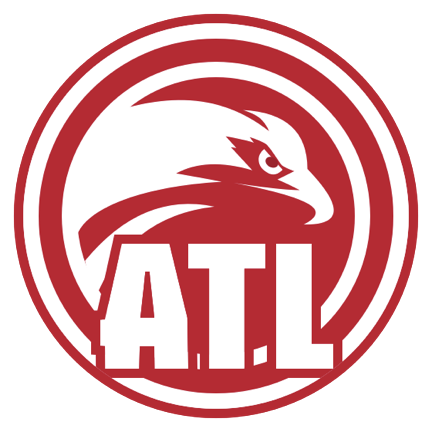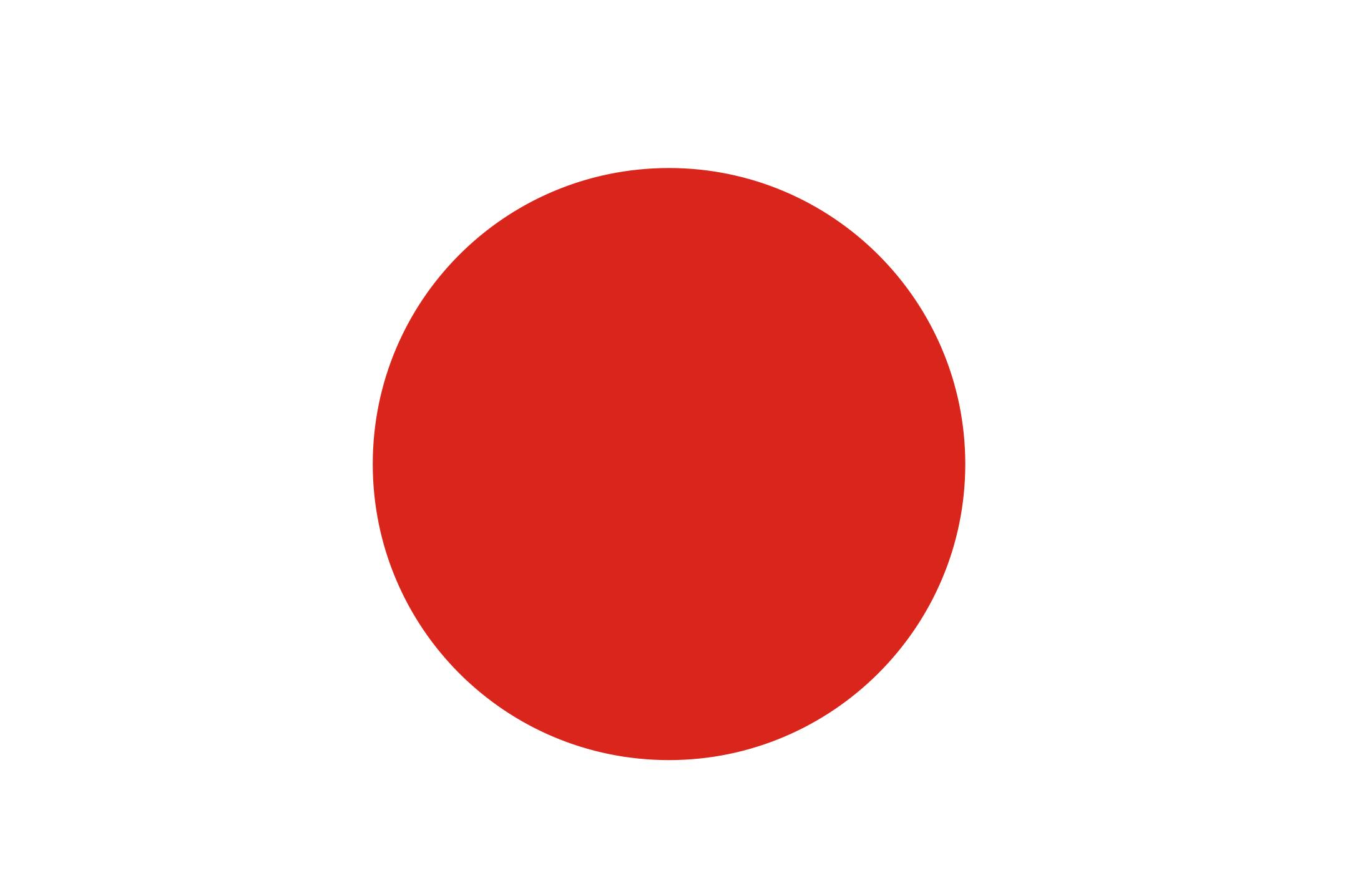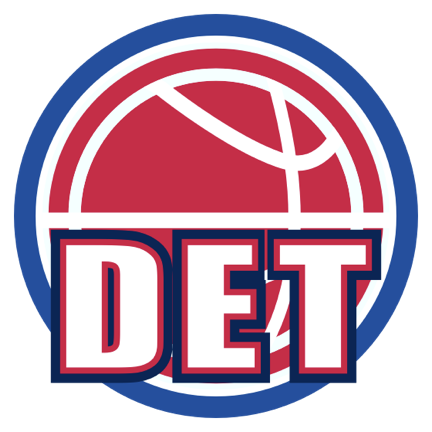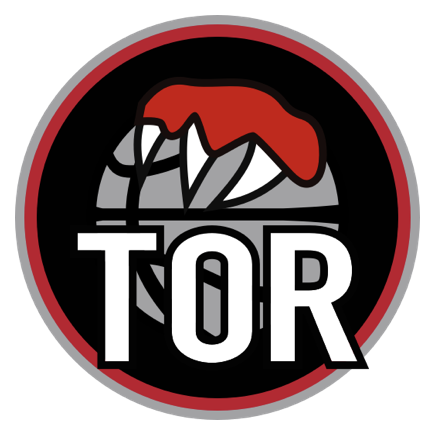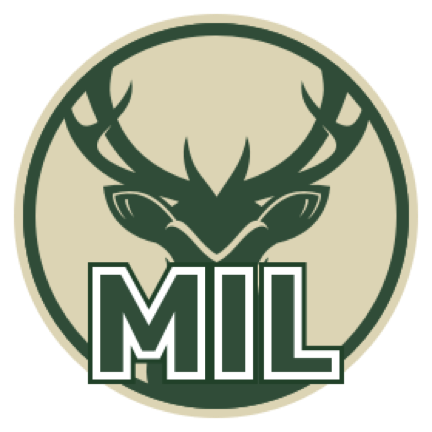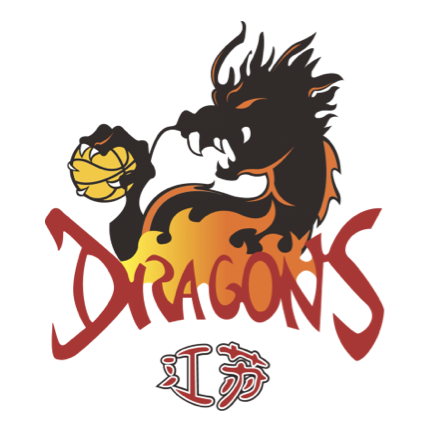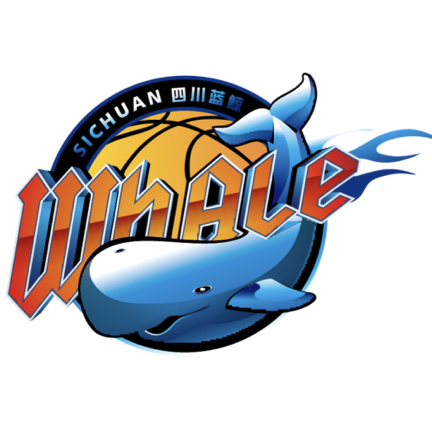

作者:宠物医师网编委会
点击阅读作者更多临床文献
摘要
全球猫群中超重和肥胖(overweight and obesity,O&O)的患病率已经显著上升,成为宠物健康的主要隐患。更为严重的是,O&O不仅仅是体重问题,它还可能为其他疾病的发生提供“温床”,无论是通过增加猫咪的易感性,还是直接促使现有健康问题加重或新病症的出现。
这些相关疾病包括肌肉骨骼变化、胰岛素抵抗、2型糖尿病、皮肤病,甚至肾脏和尿路问题等。因此,本综述将探讨与家猫O&O的相关疾病,以期为改善猫咪健康提供有益见解。
关键词:营养病理;超重;肥胖;糖尿病;健康
一、MHO vs MUO
1.1 什么是代谢健康肥胖(MHO)?
定义:MHO指的是猫咪虽然体重超标,但尚未出现明显的健康问题,如糖尿病、高血脂或心血管疾病。
研究背景:这一概念最早源于人类医学,20世纪50年代的研究发现,部分肥胖人群尽管体重超标,却较少出现代谢性疾病。
猫咪中的MHO:目前,关于猫咪MHO的研究较少,但已有研究发现,部分肥胖猫咪(BCS >7/9)的甘油三酯(TGs)和肝酶活性正常,但脂联素和血清淀粉样蛋白A(SAA)水平异常。

1.2 什么是代谢不健康肥胖(MUO)?
定义:MUO指的是肥胖猫咪伴随有相关的健康问题,如胰岛素抵抗、2型糖尿病、脂肪肝等。
诊断标准:如果猫咪满足以下两个或更多条件,则可能被诊断为MUO:血清脂联素浓度低于3 μg/ml。高脂血症(TGs > 165 mg/dl)。SAA水平较高(> 200 ng/ml)。
健康风险:MUO猫咪的内脏脂肪堆积更多,容易引发脂肪毒性和代谢并发症。

二、超重和肥胖相关疾病
研究表明,家猫的超重和肥胖(O&O)与多种疾病相关,包括眼科疾病、非过敏性皮肤病、消化系统紊乱、跛行、肝脂肪变、心脏病、胰岛素抵抗、2型糖尿病(T2D)以及泌尿系统疾病等8,10,14,24,34,57,58。然而,值得注意的是,这些病症可能具有共同的病因或潜在因素,并不一定与超重和肥胖猫的代谢不健康肥胖(MUO)直接相关。
接下来,我们将详细介绍与家猫O&O相关的一些主要疾病。
2.1 泌尿系统疾病
尿石症:肥胖猫咪更容易患上尿石症,尤其是磷酸铵镁尿石。
饮水不足:室内猫和绝育猫饮水较少,尿液浓缩,增加了尿石形成的风险。
绝育的影响:绝育猫患尿石症的风险是未绝育猫的8.3倍。

2.2 皮肤病
皮肤屏障受损:肥胖可能导致皮肤水分流失,破坏上皮屏障功能,引发慢性炎症。
清洁困难:肥胖猫咪难以清洁身体某些部位,增加了皮肤病风险。
治疗副作用:某些皮肤病的治疗药物(如皮质类固醇)可能增加食欲,导致肥胖加重。

2.3 骨关节炎
关节负担加重:肥胖猫咪的关节承受更大压力,容易引发骨关节炎和退行性关节病。
炎症介质:脂肪细胞分泌的炎症介质(如TNF-α、IL-1)可能加剧关节炎症。

2.4 心脏和呼吸系统疾病
心脏负担:肥胖猫咪的心脏需要承受更大负荷,可能增加心脏病风险。
肺功能下降:肥胖可能导致猫咪的肺功能受限,表现为潮气量和通气量降低。

2.5 胰岛素抵抗与糖尿病
胰岛素敏感性下降:每增加1公斤体重,猫咪的胰岛素敏感性下降30%。
2型糖尿病:肥胖猫咪患糖尿病的风险是正常体重猫咪的2至4倍。
葡萄糖代谢异常:肥胖猫咪的胰岛素抵抗可能导致葡萄糖利用效率下降,进而诱发糖尿病。
三、结论
肥胖猫咪更容易罹患一系列健康问题,尤其是胰岛素抵抗、2型糖尿病、尿路疾病,以及皮肤、关节和肾脏疾病。
相关研究表明,使用CT评估的MUO猫咪,其腹部脂肪积聚更加明显,这与脂肪毒性以及各种病理事件的发生密切相关。因此,未来的研究不仅应关注肥胖猫咪的体况,还应探讨脂肪分布的影响,从而发展出更为精确的肥胖评估技术,应用于临床实践。
参考文献
1Miyazaki T,Sasaki SI,Toyoda A,et al.Influences of taurine deficiency on bile acids of the bile in the cat model.Adv Exp Med Biol 2019;1155:35–44.
2.Forman MA,Steiner JM,Armstrong PJ,et al.ACVIM consensus statement on pancreatitis in cats.J Vet Intern Med2021;35:703–723.
3.Hoenig M.The cat as a model for human obesity and diabetes.J Diabetes Sci Technol 2012;6:525–533.
4.Rowe E,Browne W,Casey R,et al.Risk factors identified for owner-reported feline obesity at around one year of age:dry diet and indoor lifestyle.Prev Vet Med 2015;121:273–281.
5,Wallis N and Raffan E.The genetic basis of obesity andrelated metabolic diseases in humans and companion animals.Genes(Basel)2020;11.DOI:10.3390/genes11111378.
6.Koenen M,Hill MA,Cohen P,et al.Obesity,adipose tissueand vascular dysfunction.Circ Res 2021;128:951–968.
7.Corbee RJ.Obesity in show cats.J Anim Physiol Anim Nutr(Berl)2014;98:1075–1080.
8.Clark M and Hoenig M.Feline comorbidities:pathophysiology and management of the obese diabetic cat.J FelineMed Surg 2021;23:639–648.
9.German AJ.The growing problem of obesity in dogs andcats.J Nutr 2006;136:1940S–1946S.
10.Chandler M,Cunningham S,Lund EM,et al.Obesity andassociated comorbidities in people and companion animals:a one health perspective.J Comp Pathol 2017;156:296–309.
11.Shepherd M.Canine and feline obesity management.VetClin North Am Small Anim Pract 2021;51:653–667.
12.Cave NJ,Allan FJ,Schokkenbroek SL,et al.A crosssectional study to compare changes in the prevalence andrisk factors for feline obesity between 1993 and 2007 inNew Zealand.Prev Vet Med 2012;107:121–133.
13.Vandendriessche VL,Picavet P and Hesta M.First detailednutritional survey in a referral companion animal population.J Anim Physiol Anim Nutr(Berl)2017;101:4–14.
14.Öhlund M,Palmgren M and Holst BS.Overweight in adultcats:a crosssectional study.Acta Vet Scand 2018;60:5.DOI:10.1186/s13028-018-0359-7.
15.Wall M,Cave NJ and Vallee E.Owner and cat-related riskfactors for feline overweight or obesity.Front Vet Sci 2019;
16.Witzel AL.Comorbidities associated with obesity.In:Ettinger SJ,Feldman EC and CôtéE(eds).Textbook of veterinary internal medicine:diseases of the dog and the cat.8th ed.St Louis,MO:Elsevier,2017,pp 2171–2174.
17.Zhao J,Zhou A and Qi W.The potential to fight obesitywith adipogenesis modulating compounds.Int J Mol Sci2022;23.DOI:10.3390/ijms23042299.
18.Lin X and Li H.Obesity:epidemiology,pathophysiology,and therapeutics.Front Endocrinol(Lausanne)2021;12.DOI:10.3389/fendo.2021.706978.
19.Teng KT,McGreevy PD,Toribio JL,et al.Strong associations of nine-point body condition scoring with survivaland lifespan in cats.J Feline Med Surg 2018;20:1110–1118.
20.Martins TO,Ramos RC,Possidonio G,et al.Feline obesitycauses hematological and biochemical changes and oxidative stress–a pilot study.Vet Res Commun 2023;47:167–177.
21.World Small Animal Veterinary Association.Body condition score.https://wsava.org/wp-content/uploads/2020/08/Body-Condition-Score-cat-updated-August-2020.pdf(2020,accessed 11 April 2024).
22.Shoveller AK,DiGennaro J,Lanman C,et al.Trained vsuntrained evaluator assessment of body condition scoreas a predictor of percent body fat in adult cats.J Feline MedSurg 2014;16:957–965.
23.Butterwick R.How fat is that cat?J Feline Med Surg 2000;2:91–94.
24.Okada Y,Ueno H,Mizorogi T,et al.Diagnostic criteria forobesity disease in cats.Front Vet Sci 2019;6.DOI:10.3389/fvets.2019.00284.
25.Colliard L,Paragon BM,Lemuet B,et al.Prevalence andrisk factors of obesity in an urban population of healthycats.J Feline Med Surg 2009;11:135–140.
26.Wei A,Fascetti AJ,Kim K,et al.Post-castration variationsin weight gain in a cohort of young adult male cats.J NutrSci 2014;3.DOI:10.1017/jns.2014.37.
27.Allaway D,Gilham MS,Colyer A,et al.Metabolic profiling reveals effects of age,sexual development and neutering in plasma of young male cats.PLoS One 2016;11.DOI:10.1371/journal.pone.0168144.
28.de Godoy MR and Shoveller AK.Overweight adult catshave significantly lower voluntary physical activity thanadult lean cats.J Feline Med Surg 2017;19:1267–1273.
29.Teixeira FA,Queiroz MR,Oba PM,et al.Brazilian ownersperception of the body condition score of dogs and cats.BMC Vet Res 2020;16:463.DOI:10.1186/s12917-020-02679-8.
30.Teng KT,McGreevy PD,Toribio JLML,et al.Positive attitudes towards feline obesity are strongly associated withownership of obese cats.PLoS One 2020;15.DOI:10.1371/journal.pone.0234190.
31.Machado DS,Gonçalves LDS,Vicentini RR,et al.Belovedwhiskers:management type,care practices and connections to welfare in domestic cats.Animals(Basel)2020;10.DOI:10.3390/ani10122308.
32.Chiang CF,Villaverde C,Chang WC,et al.Prevalence,riskfactors,and disease associations of overweight and obesity in cats that visited the Veterinary Medical TeachingHospital at the University of California,Davis from January 2006 to December 2015.Top Companion Anim Med 2022;DOI:10.1016/j.tcam.2021.100620.
33.Hoelmkjaer KM and Bjornvad CR.Management of obesityin cats.Vet Med(Auckl)2014;5:97–107.
34.Teng KT,McGreevy PD,Toribio JALML,et al.Associationsof body condition score with health conditions related tooverweight and obesity in cats.J Small Anim Pract 2018;59:603–615.
35.O’Neill DG,Gunn-Moore D,Sorrell S,et al.Commonlydiagnosed disorders in domestic cats in the UK and theirassociations with sex and age.J Feline Med Surg 2023;25.DOI:10.1177/1098612X231155016.
36.Mizorogi T,Kobayashi M,Ohara K,et al.Effects of age oninflammatory profiles and nutrition/energy metabolismin domestic cats.Vet Med(Auckl)2020;11:131–137.
37.Backus RC,Cave NJ and Keisler DH.Gonadectomy andhigh dietary fat but not high dietary carbohydrate inducegains in body weight and fat of domestic cats.Br J Nutr2007;98:641–650.
38.Teng KT,McGreevy PD,Toribio JLML,et al.Risk factorsfor underweight and overweight in cats in metropolitanSydney,Australia.Prev Vet Med 2017;144:102–111.
39.Godfrey H,Morrow S,Abood SK,et al.Identifying thetarget population and preventive strategies to combat feline obesity.J Feline Med Surg 2024;26.DOI:10.1177/1098612X241228042.
Technical Documentation, 2025.
1Miyazaki T,Sasaki SI,Toyoda A,et al.Influences of taurine deficiency on bile acids of the bile in the cat model.Adv Exp Med Biol 2019;1155:35–44.
2.Forman MA,Steiner JM,Armstrong PJ,et al.ACVIM consensus statement on pancreatitis in cats.J Vet Intern Med2021;35:703–723.
3.Hoenig M.The cat as a model for human obesity and diabetes.J Diabetes Sci Technol 2012;6:525–533.
4.Rowe E,Browne W,Casey R,et al.Risk factors identified for owner-reported feline obesity at around one year of age:dry diet and indoor lifestyle.Prev Vet Med 2015;121:273–281.
5,Wallis N and Raffan E.The genetic basis of obesity andrelated metabolic diseases in humans and companion animals.Genes(Basel)2020;11.DOI:10.3390/genes11111378.
6.Koenen M,Hill MA,Cohen P,et al.Obesity,adipose tissueand vascular dysfunction.Circ Res 2021;128:951–968.
7.Corbee RJ.Obesity in show cats.J Anim Physiol Anim Nutr(Berl)2014;98:1075–1080.
8.Clark M and Hoenig M.Feline comorbidities:pathophysiology and management of the obese diabetic cat.J FelineMed Surg 2021;23:639–648.
9.German AJ.The growing problem of obesity in dogs andcats.J Nutr 2006;136:1940S–1946S.
10.Chandler M,Cunningham S,Lund EM,et al.Obesity andassociated comorbidities in people and companion animals:a one health perspective.J Comp Pathol 2017;156:296–309.
11.Shepherd M.Canine and feline obesity management.VetClin North Am Small Anim Pract 2021;51:653–667.
12.Cave NJ,Allan FJ,Schokkenbroek SL,et al.A crosssectional study to compare changes in the prevalence andrisk factors for feline obesity between 1993 and 2007 inNew Zealand.Prev Vet Med 2012;107:121–133.
13.Vandendriessche VL,Picavet P and Hesta M.First detailednutritional survey in a referral companion animal population.J Anim Physiol Anim Nutr(Berl)2017;101:4–14.
14.Öhlund M,Palmgren M and Holst BS.Overweight in adultcats:a crosssectional study.Acta Vet Scand 2018;60:5.DOI:10.1186/s13028-018-0359-7.
15.Wall M,Cave NJ and Vallee E.Owner and cat-related riskfactors for feline overweight or obesity.Front Vet Sci 2019;
16.Witzel AL.Comorbidities associated with obesity.In:Ettinger SJ,Feldman EC and CôtéE(eds).Textbook of veterinary internal medicine:diseases of the dog and the cat.8th ed.St Louis,MO:Elsevier,2017,pp 2171–2174.
17.Zhao J,Zhou A and Qi W.The potential to fight obesitywith adipogenesis modulating compounds.Int J Mol Sci2022;23.DOI:10.3390/ijms23042299.
18.Lin X and Li H.Obesity:epidemiology,pathophysiology,and therapeutics.Front Endocrinol(Lausanne)2021;12.DOI:10.3389/fendo.2021.706978.
19.Teng KT,McGreevy PD,Toribio JL,et al.Strong associations of nine-point body condition scoring with survivaland lifespan in cats.J Feline Med Surg 2018;20:1110–1118.
20.Martins TO,Ramos RC,Possidonio G,et al.Feline obesitycauses hematological and biochemical changes and oxidative stress–a pilot study.Vet Res Commun 2023;47:167–177.
21.World Small Animal Veterinary Association.Body condition score.https://wsava.org/wp-content/uploads/2020/08/Body-Condition-Score-cat-updated-August-2020.pdf(2020,accessed 11 April 2024).
22.Shoveller AK,DiGennaro J,Lanman C,et al.Trained vsuntrained evaluator assessment of body condition scoreas a predictor of percent body fat in adult cats.J Feline MedSurg 2014;16:957–965.
23.Butterwick R.How fat is that cat?J Feline Med Surg 2000;2:91–94.
24.Okada Y,Ueno H,Mizorogi T,et al.Diagnostic criteria forobesity disease in cats.Front Vet Sci 2019;6.DOI:10.3389/fvets.2019.00284.
25.Colliard L,Paragon BM,Lemuet B,et al.Prevalence andrisk factors of obesity in an urban population of healthycats.J Feline Med Surg 2009;11:135–140.
26.Wei A,Fascetti AJ,Kim K,et al.Post-castration variationsin weight gain in a cohort of young adult male cats.J NutrSci 2014;3.DOI:10.1017/jns.2014.37.
27.Allaway D,Gilham MS,Colyer A,et al.Metabolic profiling reveals effects of age,sexual development and neutering in plasma of young male cats.PLoS One 2016;11.DOI:10.1371/journal.pone.0168144.
28.de Godoy MR and Shoveller AK.Overweight adult catshave significantly lower voluntary physical activity thanadult lean cats.J Feline Med Surg 2017;19:1267–1273.
29.Teixeira FA,Queiroz MR,Oba PM,et al.Brazilian ownersperception of the body condition score of dogs and cats.BMC Vet Res 2020;16:463.DOI:10.1186/s12917-020-02679-8.
30.Teng KT,McGreevy PD,Toribio JLML,et al.Positive attitudes towards feline obesity are strongly associated withownership of obese cats.PLoS One 2020;15.DOI:10.1371/journal.pone.0234190.
31.Machado DS,Gonçalves LDS,Vicentini RR,et al.Belovedwhiskers:management type,care practices and connections to welfare in domestic cats.Animals(Basel)2020;10.DOI:10.3390/ani10122308.
32.Chiang CF,Villaverde C,Chang WC,et al.Prevalence,riskfactors,and disease associations of overweight and obesity in cats that visited the Veterinary Medical TeachingHospital at the University of California,Davis from January 2006 to December 2015.Top Companion Anim Med 2022;DOI:10.1016/j.tcam.2021.100620.
33.Hoelmkjaer KM and Bjornvad CR.Management of obesityin cats.Vet Med(Auckl)2014;5:97–107.
34.Teng KT,McGreevy PD,Toribio JALML,et al.Associationsof body condition score with health conditions related tooverweight and obesity in cats.J Small Anim Pract 2018;59:603–615.
35.O’Neill DG,Gunn-Moore D,Sorrell S,et al.Commonlydiagnosed disorders in domestic cats in the UK and theirassociations with sex and age.J Feline Med Surg 2023;25.DOI:10.1177/1098612X231155016.
36.Mizorogi T,Kobayashi M,Ohara K,et al.Effects of age oninflammatory profiles and nutrition/energy metabolismin domestic cats.Vet Med(Auckl)2020;11:131–137.
37.Backus RC,Cave NJ and Keisler DH.Gonadectomy andhigh dietary fat but not high dietary carbohydrate inducegains in body weight and fat of domestic cats.Br J Nutr2007;98:641–650.
38.Teng KT,McGreevy PD,Toribio JLML,et al.Risk factorsfor underweight and overweight in cats in metropolitanSydney,Australia.Prev Vet Med 2017;144:102–111.
39.Godfrey H,Morrow S,Abood SK,et al.Identifying thetarget population and preventive strategies to combat feline obesity.J Feline Med Surg 2024;26.DOI:10.1177/1098612X241228042.
40.Godfrey H,Morrow S,Abood SK,et al.Identifying thetarget population and preventive strategies to combat feline obesity.J Feline Med Surg 2024;26.DOI:10.1177/1098612X241228042.
41.Verbrugghe A and Hesta M.Cats and carbohydrates:the carnivore fantasy?Vet Sci 2017;4:55.DOI:10.3390/vetsci4040055.
42.Salaun F,Blanchard G,Le Paih L,et al.Impact of macronutrient composition and palatability in wet diets on foodselection in cats.J Anim Physiol Anim Nutr(Berl)2017;101:320–328.
43.Plantinga EA,Bosch G and Hendriks WH.Estimation ofthe dietary nutrient profile of free-roaming feral cats:possible implications for nutrition of domestic cats.Br J Nutr 2017;106:S35–48.
44.Hewson-Hughes AK,Hewson-Hughes VL,Miller AT,et al.Geometric analysis of macronutrient selection in the adultdomestic cat,Felis catus.J Exp Biol 2011;214:1039–1051.
45.Hoenig M,Thomaseth K,Waldron M,et al.Insulin sensitivity,fat distribution,and adipocytokine response to different diets in lean and obese cats before and after weightloss.Am J Physiol Regul Integr Comp Physiol 2010;292:R227–R234.
46.Verbrugghe A,Hesta M,Van Weyenberg S,et al.The glucose and insulin response to isoenergetic reduction ofdietary energy sources in a true carnivore:the domesticcat(Felis catus).Br J Nutr 2010;104:214–221.
47.Nguyen PG,Dumon HJ,Siliart BS,et al.Effects of dietaryfat and energy on body weight and composition aftergonadectomy in cats.Am J Vet Res 2004;65:1708–1713.
48.Mo R,Zhang M,Wang H,et al.Short-term changes indietary fat levels and starch sources affect weight management,glucose and lipid metabolism,and gut microbiota in adult cats.J Anim Sci 2023;101.DOI:10.1093/jas/skad276.
49.Coradini M,Rand JS,Morton JM,et al.Effects of two commercially available feline diets on glucose and insulinconcentrations,insulin sensitivity and energetic efficiency of weight gain.Br J Nutr 2011;106 Suppl 1:S64–S77.
50.Puhl RM and Heuer CA.The stigma of obesity:a reviewand update.Obesity(Silver Spring)2009;17:941–964.
51.Frankel LA, O’Connor TM, Chen TA, et al. Parents’ perceptions of preschool children’s ability to regulate eating.Feeding style differences. Appetite 2014; 76: 166–174.
52.Hughes SO, Shewchuk RM, Baskin ML, et al. Indulgentfeeding style and children’s weight status in preschool.J Dev Behav Pediatr 2008; 29: 403–410.
53.Rowe EC, Browne WJ, Casey RA, et al. Early-life risk factorsidentified for owner-reported feline overweight and obesity at around two years of age. Prev Vet Med 2017; 143: 39–48.
54.Vague J. The degree of masculine differentiation of obesities: a factor determining predisposition to diabetes,atherosclerosis, gout, and uric calculous disease. Am J ClinNutr 1956; 4: 20–34.
55.Blüher M. Metabolically healthy obesity. Endocr Rev 2020;
56.DOI: 10.1210/endrev/bnaa004.
57.Rey-López JP, de Rezende LF, Pastor-Valero M, et al. Theprevalence of metabolically healthy obesity: a systematicreview and critical evaluation of the definitions used.Obes Rev 2014; 15: 781–790.
58.Smith GI, Mittendorfer B and Klein S. Metabolicallyhealthy obesity: facts and fantasies. J Clin Invest 2019; 129:3978–3989.
59.Zoran DL. Obesity in dogs and cats: a metabolic and endocrine disorder. Vet Clin North Am Small Anim Pract 2010; 40:221–239.
60.Öhlund M, Egenvall A, Fall T, et al. Environmental riskfactors for diabetes mellitus in cats. J Vet Intern Med 2017;31: 29–35.
61.Radakovich LB, Truelove MP, Pannone SC, et al. Clinicallyhealthy overweight and obese dogs differ from lean controls in select CBC and serum biochemistry values. VetClin Pathol 2017; 46: 221–226.
62.Busatto S, Walker SA, Grayson W, et al. Lipoprotein-baseddrug delivery. Adv Drug Deliv Rev 2020; 159: 377–390.
63.Stadler JT and Marsche G. Obesity-related changes inhigh-density lipoprotein metabolism and function. Int JMol Sci 2020; 21. DOI: 10.3390/ijms21238985.
64.Ahmed B, Sultana R and Greene MW. Adipose tissue andinsulin resistance in obese. Biomed Pharmacother 2021; 137.DOI: 10.1016/j.biopha.2021.111315.
65.Gomes VDR, Ariza PC, Borges NC, et al. Risk factors associated with feline urolithiasis. Vet Res Commun 2018; 42: 87–94.
66.Burggraaf ND, Westgeest D and Corbee RJ. Analysis of 7866 feline and canine uroliths submitted between 2014 and 2020 in the Netherlands. Res Vet Sci 2021; 137: 86–93.
67.Piyarungsri K, Tangtrongsup S, Thitaram N, et al. Prevalence and risk factors of feline lower urinary tract disease in Chiang Mai, Thailand. Sci Rep 2020; 10: 196. DOI: 10.1038/s41598-019-56968-w.
68.Pérez-López L, Boronat M, Melián C, et al. Kidney function and glucose metabolism in overweight and obese cats. Vet Q 2020; 40: 132–139.
69.Markus MRP, Ittermann T, Baumeister SE, et al. Prediabetes is associated with microalbuminuria, reduced kidney function and chronic kidney disease in the general population: the KORA (Cooperative Health Research in the Augsburg Region) F4-Study. Nutr Metab Cardiovasc Dis 2018; 28: 234–242.
70.Scarlett JM and Donoghue S. Associations between body condition and disease in cats. J Am Vet Med Assoc 1998; 212: 1725–1731.
71.Lund EM, Armstrong PJ, Kirk CK, et al. Prevalence and risk factors for obesity in adult cats from private US veterinary practices. Intern J Appl Res Vet Med 2005; 3: 88–96.
72.Zhang A and Silverberg JI. Association of atopic dermatitis with being overweight and obese: a systematic review and metaanalysis. J Am Acad Dermatol 2015; 72: 606–616.e4.
73.Bennett D, Zainal Ariffin SM and Johnston P. Osteoarthritis in the cat: 1. how common is it and how easy to recognise? J Feline Med Surg 2012; 14: 65–75.
74.Bonecka J, Skibniewski M, Zep P, et al. Knee joint osteoarthritis in overweight cats: the clinical and radiographic findings. Animals (Basel) 2023; 13. DOI: 10.3390/ani13152427.
75.Lascelles BD, Henry JB 3rd, Brown J, et al. Cross-sectional study of the prevalence of radiographic degenerative joint disease in domesticated cats. Vet Surg 2010; 39: 535–544.
76.Slingerland LI, Hazewinkel HA, Meij BP, et al. Cross-sectional study of the prevalence and clinical features of osteoarthritis in 100 cats. Vet J 2011; 187: 304–309.
77.Vina ER and Kwoh CK. Epidemiology of osteoarthritis: literature update. Curr Opin Rheumatol 2018; 30: 160–167.
78.Frye CW, Shmalberg JW and Wakshlag JJ. Obesity, exercise and orthopedic disease. Vet Clin North Am Small Anim Pract 2016; 46: 831–841.
79.Maniaki E, Murrell J, Langley-Hobbs SJ, et al. Associations between early neutering, obesity, outdoor access, trauma and feline degenerative joint disease. J Feline Med Surg 2021; 23: 965–975.
80.Chandler ML. Impact of obesity on cardiopulmonary disease. Vet Clin North Am Small Anim Pract 2016; 46: 817–830.
81.Atkins CE, Gallo AM, Kurzman ID, et al. Risk factors, clinical signs, and survival in cats with a clinical diagnosis of idiopathic hypertrophic cardiomyopathy: 74 cases (1985–1989). J Am Vet Med Assoc 2001; 201: 613–618.
82.Jordan E, Kley S, Le NA, et al. Dyslipidemia in obese cats.Domest Anim Endocrinol 2008; 35: 290–299.
83.Finn E, Freeman LM, Rush JE, et al. The relationship between body weight, body condition, and survival in cats with heart failure. J Vet Intern Med 2010; 24: 1369–1374.
84.García-Guasch L, Caro-Vadillo A, Manubens-Grau J, et al. Pulmonary function in obese vs non-obese cats. J Feline Med Surg 2015; 17: 494–499.
85.Caro-Vadillo A, Montoya-Alonso JA and García-Guasch L. Impact of obesity on lung function in cats with bronchoconstriction. Vet Sci 2022; 9. DOI: 10.3390/vetsci9060278.
86.Arismendi E, Bantulà M and Picado C. Obese asthma syndrome: much work to do. Arch Bronconeumol 2023; 59: 473–475.
87.Ishioka K, Omachi A, Sasaki N, et al. Feline adiponectin: molecular structures and plasma concentrations in obese cats. J Vet Med Sci 2009; 71: 189–194.
88.Hoenig M, Pach N, Thomaseth K, et al. Cats differ from other species in their cytokine and antioxidant enzyme response when developing obesity. Obesity (Silver Spring) 2013; 21: E407–E414.
89.Appleton DJ, Rand JS and Sunvold GD. Insulin sensitivity decreases with obesity, and lean cats with low insulin sensitivity are at greatest risk of glucose intolerance with weight gain. J Feline Med Surg 2001; 3: 211–228
注:本站信息仅供兽医专业人士参考,可为动物疾病诊断与治疗提供思路,但不构成直接医疗指导。本站转载或引用文章如涉及版权问题,请速与我们联系,对此造成的不便深表歉意!
1点学苑

立即点击图片预约课程吧
点击图片了解课程详情
实操课程介绍
点击图片了解课程详情
相关文章推荐
【营养】家猫的超重与肥胖:流行病学风险因素
宠物肥胖症的诊断与治疗
肥胖宠物体重控制方案
宠物肥胖症的发生与危害
本文只是冰山一角!想了解更多专业分析?我们已整理在【宠物医师网】
点击【营养】家猫的超重与肥胖相关病理,解锁完整版
小互动:你是如何帮助猫咪保持健康体重的?欢迎在评论区分享你的经验和心得!
来源|JFMS
翻译|张帆 张秋雁
编辑|张秋雁
审核|郭羽丽



















